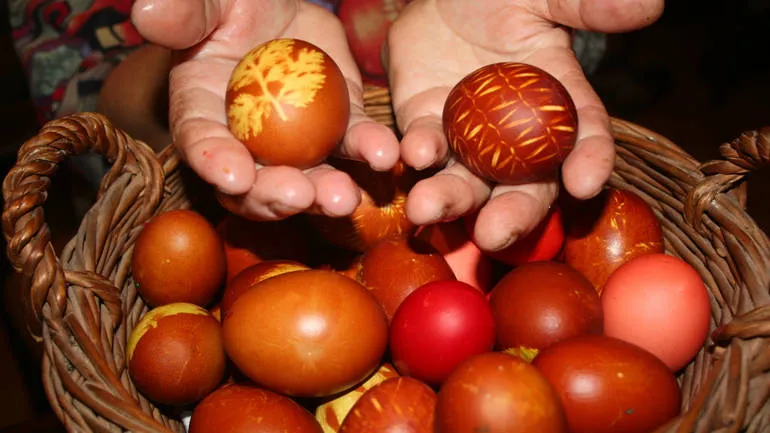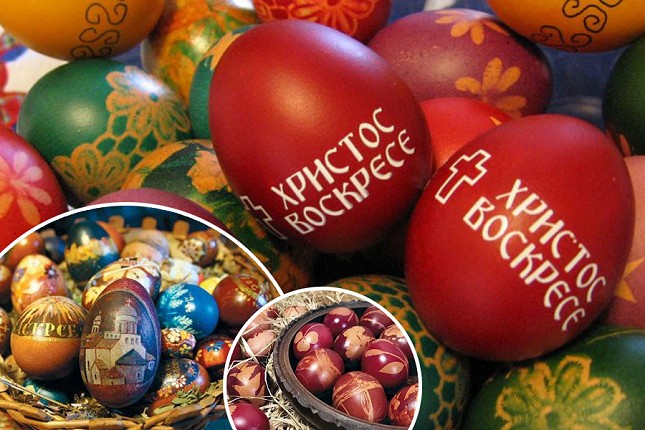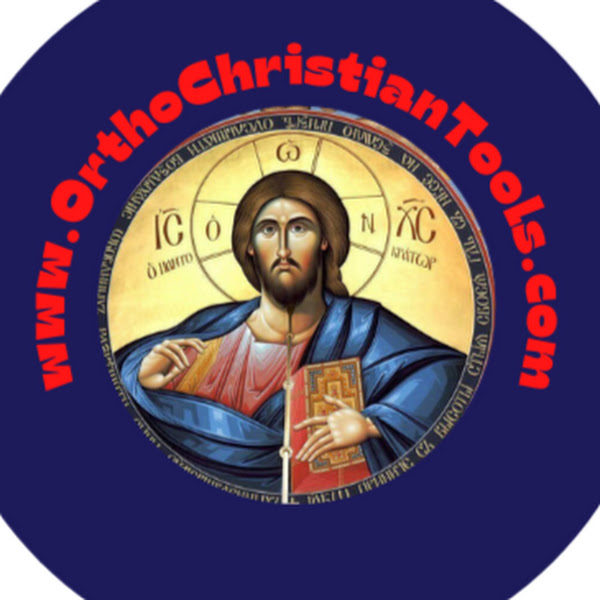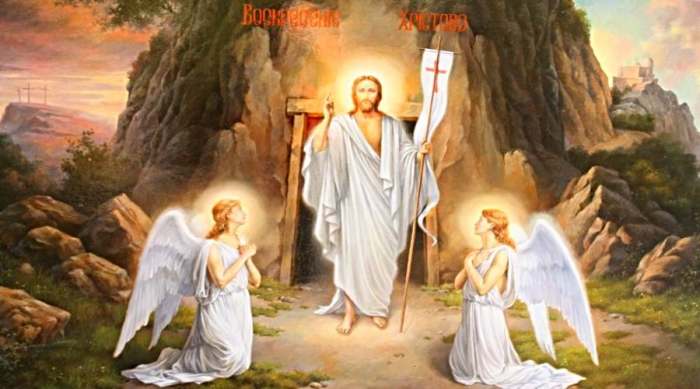Christ Is Risen! The Joyful Greeting That Echoes Around the Orthodox World
During Orthodox Easter—known as Pascha—a powerful sense of joy fills the air. It’s a time when Orthodox Christians across the globe greet one another with radiant smiles and the words, “Christ is Risen!” This ancient proclamation of faith is echoed in churches, homes, and streets, answered with equal enthusiasm: “Indeed He is Risen!” It’s more than a greeting—it’s a declaration of the victory of life over death, and the very heart of the Christian message.
Millions of Orthodox Christians around the world—more than 250 million globally, including around six million in North America—celebrate this feast with profound liturgical beauty, sacred traditions, and joyous customs.
The Heart of the Orthodox Easter Night
The celebration reaches its spiritual peak just before midnight on Holy Saturday, also known as the Blessed Sabbath. In the darkened church, the Nocturne service is chanted. The celebrant goes to Christ’s symbolic tomb, removes the winding-sheet, and places it on the altar, where it remains until Ascension, forty days later. This powerful act sets the stage for the great Paschal procession.
At midnight, the faithful exit the church building singing:
“The angels in heaven, O Christ our Savior, sing of Thy resurrection. Make us on earth also worthy to hymn Thee with a pure heart.”
Circling the church, the faithful return to the closed doors—symbolizing the sealed tomb of Christ. It is here that the Resurrection is proclaimed, sometimes with the Gospel reading of the empty tomb. The priest blesses the “holy, consubstantial, life-creating and undivided Trinity,” and for the first time, the joyous Easter troparion is sung:
“Christ is risen from the dead, trampling down death by death, and upon those in the tombs bestowing life!”
The doors open, and the people re-enter the church, now bathed in light, for the Paschal Matins—a service of pure singing, filled with incense, flowers, and glowing candles. The canon hymns of the Resurrection, traditionally ascribed to Saint John of Damascus, resound through the night:
“It is the day of resurrection! Let us be illumined for the feast!”
At the climax of the service, the Paschal Sermon of Saint John Chrysostom is proclaimed—an open invitation to all, no matter when they arrived, to rejoice and partake in the Eucharistic feast. This message of radical grace is deeply moving, reminding everyone that Christ’s table is open to all who come in faith.
Liturgical Splendor and Sacred Symbolism
The Easter Divine Liturgy begins immediately after Matins. The readings include the first verses of Acts and the majestic prologue of John’s Gospel: “In the beginning was the Word…” This passage anchors Pascha not only in the Resurrection, but in the re-creation of the world.
The faithful partake of Holy Communion, receiving Christ, the true Passover Lamb, who has conquered death and opened the gates of paradise.
The church is alive with color and fragrance. Iconography reflects the moment of victory—Christ breaking the gates of Hades, lifting Adam and Eve from their graves. The Paschal troparion is sung repeatedly, with each repetition renewing the joy of the Resurrection.
“This is the day which the Lord has made; let us rejoice and be glad in it!”
Global Traditions of Joy and Feast
Orthodox Christians around the world celebrate Pascha with unique local customs:
In Greece, families roast lamb on a spit and crack red-dyed eggs—symbolizing the blood of Christ and new life.
In Serbia, worshippers gather with candles after midnight liturgy, filling richly decorated churches with incense and song.
In Lebanon, families gather for festive meals of stuffed turkey or chicken, and offer traditional sweets like maamoul cookies and sugared almonds.
In Crete, villages prepare a bonfire to burn an effigy of Judas Iscariot, symbolizing the triumph of good over evil.
In Russia, Orthodox Easter is celebrated with a midnight church service, joyful chants of “Christ is Risen,” and the blessing of festive foods like kulich and paskha. Families exchange red eggs, share a rich meal after Lent, and greet each other with “Khristos Voskrese!” and “Voistinu Voskrese!”

Despite regional variations, the spirit is the same—a celebration of victory, unity, and divine love.
The Paschal Greeting Across Languages
The universal greeting “Christ is Risen!” is proclaimed in countless languages:
Greek: Χριστός ἀνέστη (Christos Anesti!)
Arabic: المسيح قام (Al-Masīḥ qām!)
Church Slavonic: Христосъ воскресе! (Khristos Voskrese!)
Russian: Христос воскрес! (Khristos voskres!)
Serbian: Христос васкрсе! (Hristos vaskrse!)
Romanian: Hristos a înviat!
Bulgarian: Христос възкресе! (Hristos Văzkrese!)
Ukrainian: Христос воскрес! (Khrystos voskres!)
Georgian: ქრისტე აღდგა! (Kriste aghdga!)
Amharic: ክርስቶስ ተነሳ! (Kristos tensae!)
English: Christ is Risen!
French: Le Christ est ressuscité !
German: Christus ist auferstanden!

From Earth to Heaven: The True Pascha
Orthodox Easter is not merely a commemoration of a past event—it is a living experience. It’s a passage from darkness to light, from death to life, from this world to the eternal Kingdom. As the hymn proclaims:
“Shine! Shine! O New Jerusalem! The glory of the Lord has shone upon you!”
This is the Day of the Lord, the New Creation, and the eternal Passover. It is the moment when heaven and earth meet, when all creation rejoices, and when every believer proclaims with joy:
“Christ is Risen!” – “Indeed He is Risen!”
The Heart of Orthodox Easter: Faith, Family, and Resurrection
Despite regional differences, Orthodox Easter remains a time of profound spiritual renewal, community celebration, and joy in the Resurrection of Jesus Christ. Whether it’s midnight liturgies in candlelit churches, joyful feasts around a family table, or age-old customs passed from generation to generation, Pascha unites Orthodox Christians in a shared experience of light overcoming darkness.
As Orthodox communities around the world chant the ancient greeting—“Christ is Risen!” (Christos Anesti! in Greek, Christos Voskrese! in Church Slavonic)—they reaffirm a message of hope that has echoed through the centuries.


